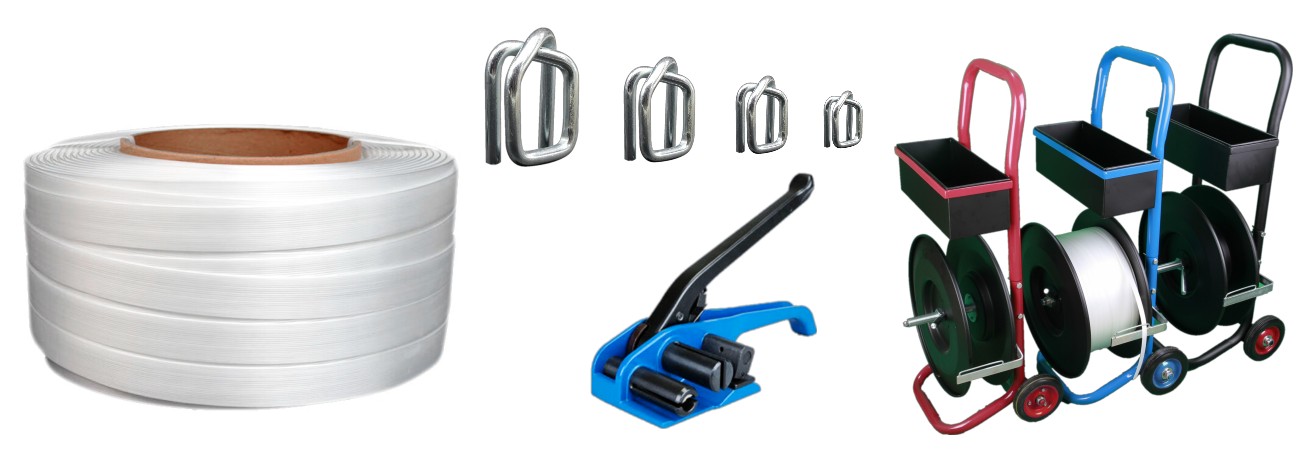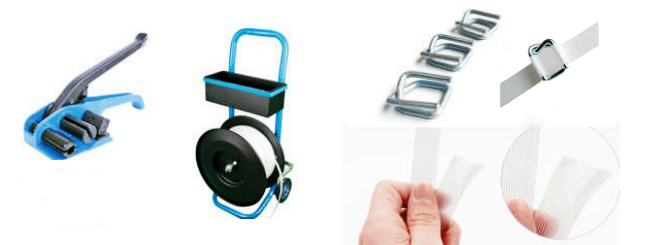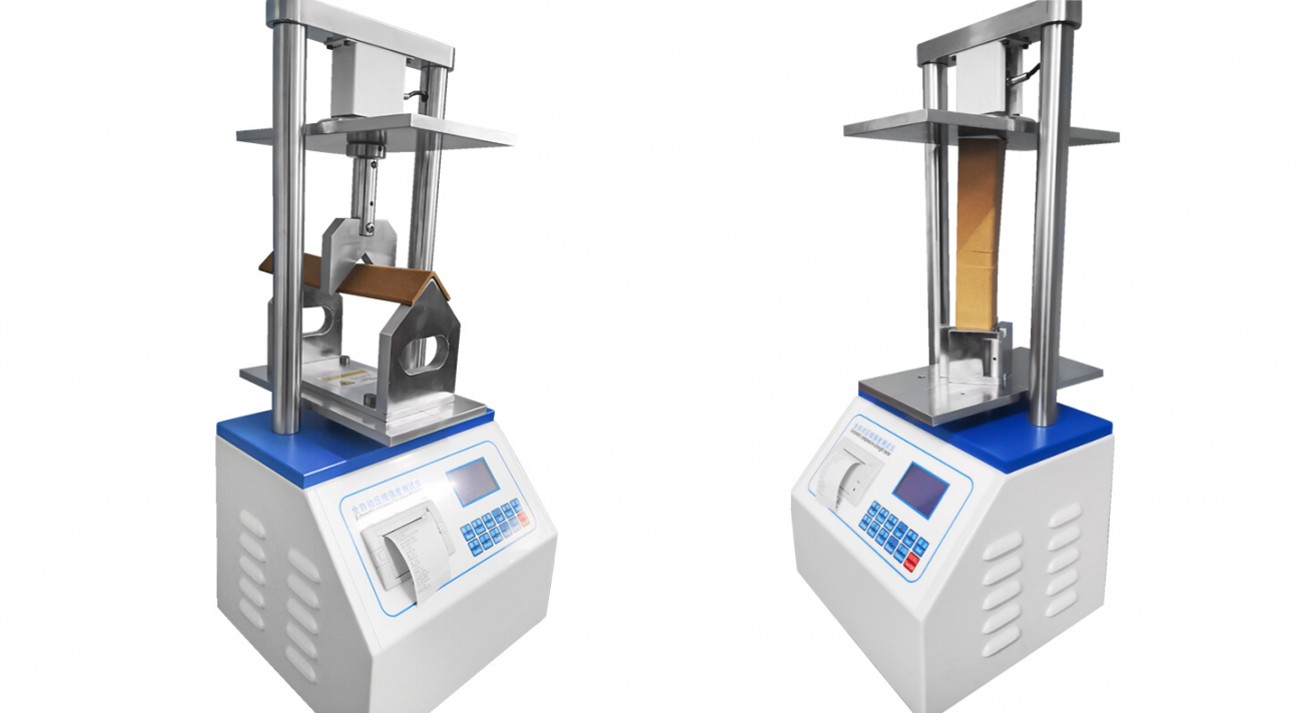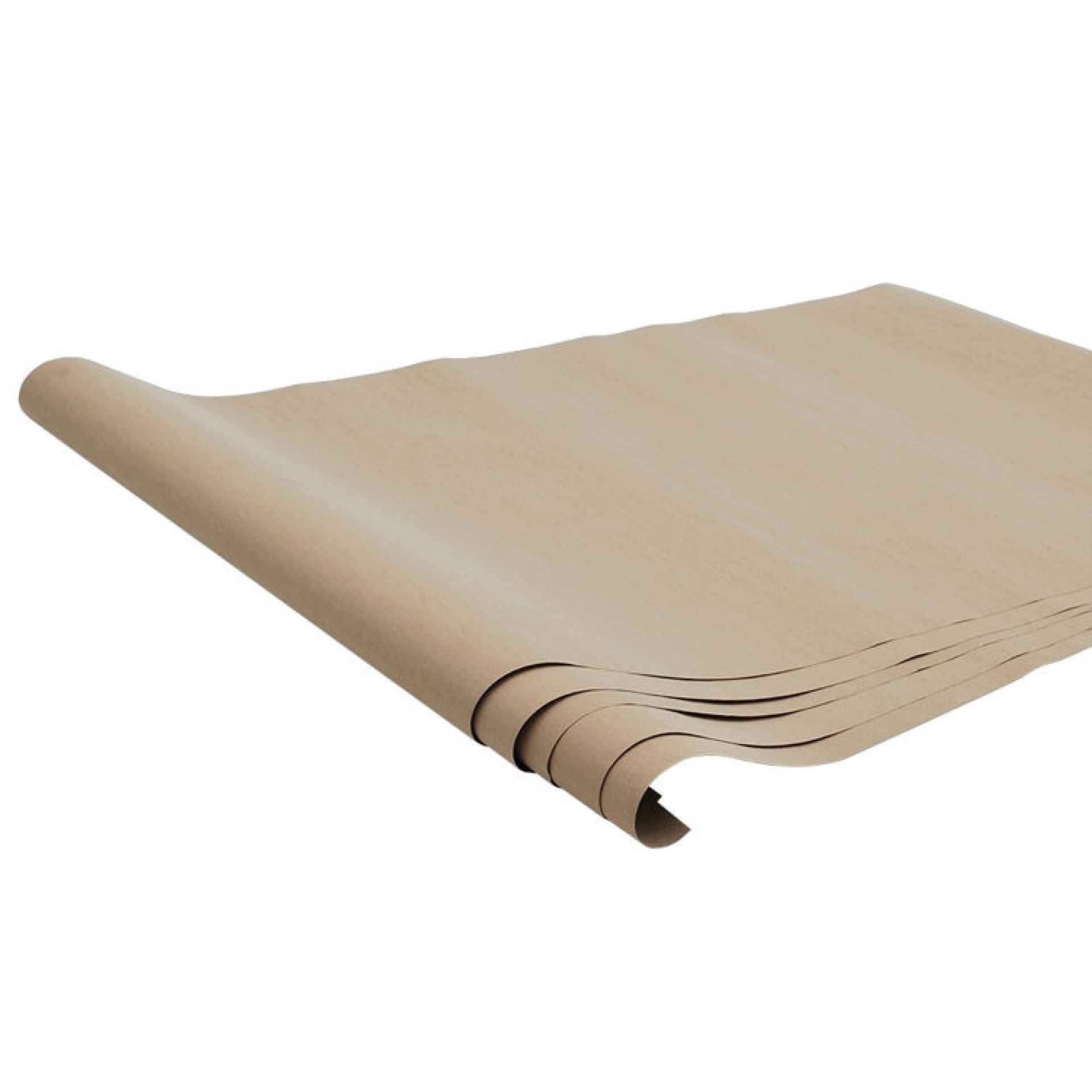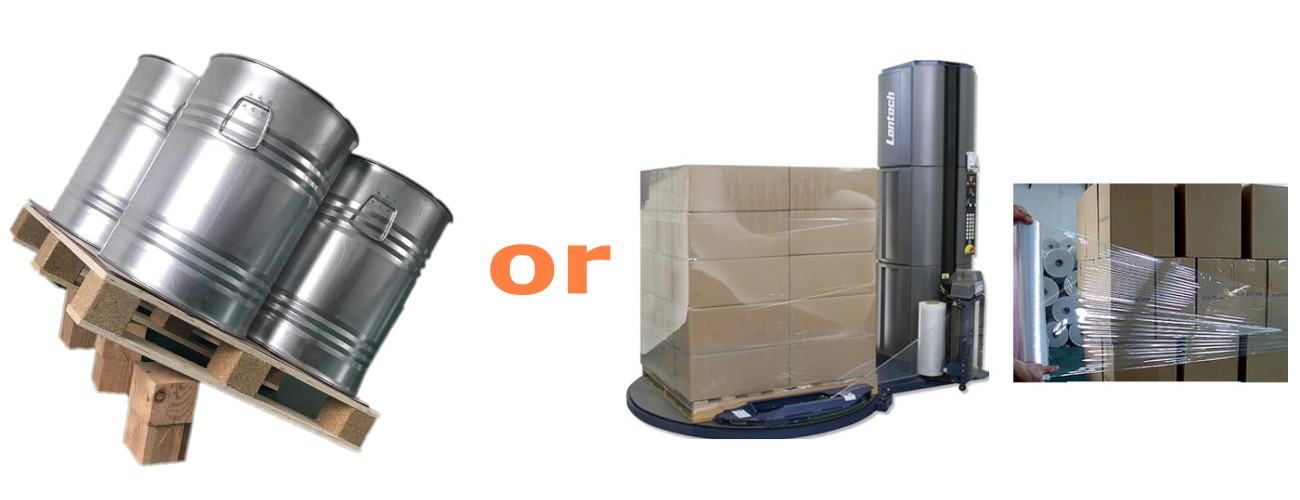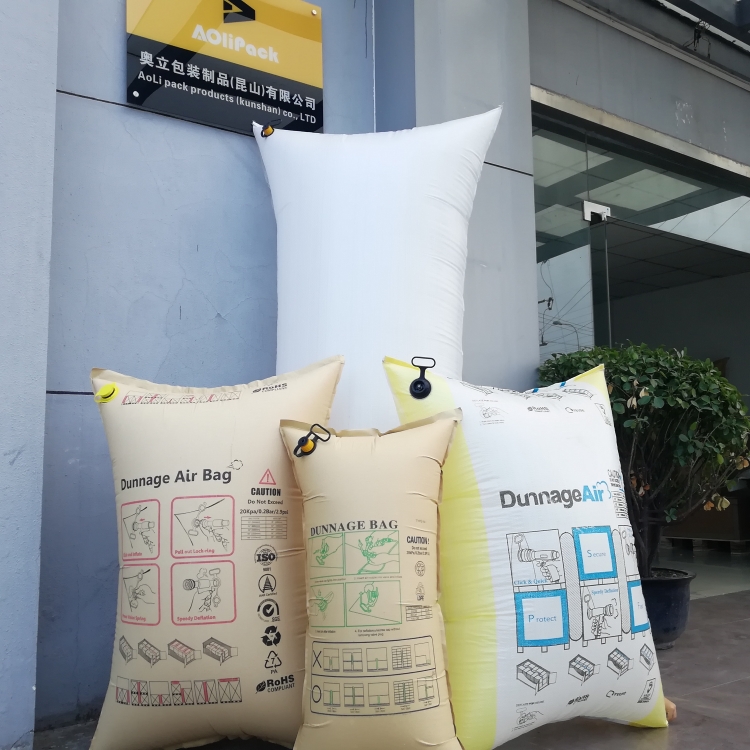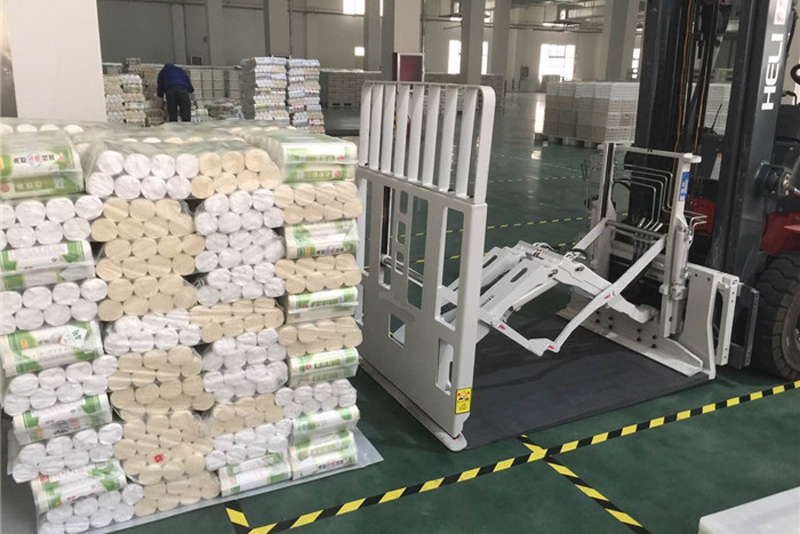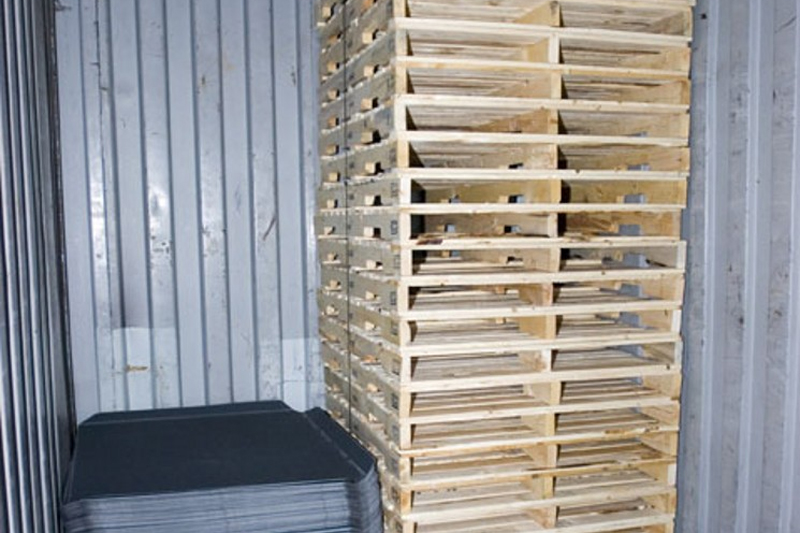How to choose a packaging strap suitable for your specific application?
I. Comparison of common types and characteristics of packing straps.
| Type | Material | Bearing Range | Main Advantages | Main Disadvantages | Typical Application Scenarios |
| Composite Polyester fiber strap | polyester (PET), fiber | 0.5-8.5 tons | high tensile strength, soft and safe, high temperature/humidity resistance | a little high cost, requiring special tools for heavy goods | pallet bundling, outdoor environment |
| polypropylene | 0.5-2 tons | lightweight, corrosion-resistant, low cost, | limited tensile strength, easily damaged fragile cargo | cardboard boxes, light goods, semi-automatic strapping machine | |
| PET plastic steel strap | Polyethylene terephthalate | 2-10 tons | 2-10 tons | high price | heavy industrial packaging such as steel, wood, and building materials |
| Steel strap | carbon steel | over 5 tons | Extremely high tensile strength, good stability | Easy to rust and dangerous to operate | Heavy machinery, large timber |
| Nylon strapping | polyamide | 1-5 tons | Chemical resistance, UV resistance | High extensibility, requiring regular tightening | Chemical transportation and long-term outdoor storage |
| Biodegradable packaging strap | Polylactic acid (PLA), etc | 0.3-1 ton | Environmentally friendly and biodegradable | High cost, weak load-bearing capacity | Strict packaging requirements for food and environmental protection |
II. Guidelines for Selecting Different Application Scenarios
Light cargo (<200kg)
Recommendation: PP strapping (transparent or colored).
Reason: Low cost, easy to operate, suitable for cardboard boxes and small items. Pay attention to choosing pure polypropylene material (fully transparent) to ensure tensile performance.
Medium sized goods (200-800kg)
Recommendation: PET plastic steel tape or polyester fiber strapping strap.
Reason: Balance strength and safety to avoid loose packaging of goods. Plastic steel strap is more suitable for automated assembly lines, while Polyester Strap is suitable for manual bundling.
Heavy goods (>800kg)
Recommendation: Steel strap or high specification PET plastic steel strap.
Reason: Steel straps are suitable for extremely heavy fixation (such as mechanical), but require rust prevention treatment; PET plastic steel strap is lighter and has no risk of corrosion.
Fragile/high-value goods
Recommendation: Polyester fiber strapping or nylon strapping.
Reason: The edge is soft and does not damage the surface, and it is resistant to vibration. For example, artworks and precision instruments.
Outdoor/humid environment
Recommendation: Nylon tape or PET plastic steel tape.
Reason: UV resistant, chemically resistant, suitable for long-term exposure.
III. Professional purchasing advice
1. Material purity testing
PP packaging tape should preferably be fully transparent (pure polypropylene) to avoid inferior products containing recycled materials or calcium carbonate.
Observe whether the surface of PET plastic steel strip is uniform and free of impurities to avoid delamination or brittle cracking.
2. Matching of joint methods
Hot melt overlap: suitable for PP tape, requires a dedicated hot melt machine.
Iron buckle: suitable for steel straps or heavy-duty PET straps, needs to be paired with a tensioner.
3. Equipment compatibility
The manual packaging machine selects narrow strips (such as 12mm wide), while the fully automatic equipment selects wide strips (≥ 15mm) to ensure thermal stability.
4. Brand and after-sales service
Priority should be given to well-known manufacturers such as Aoli Pack to provide equipment collaboration service (such as free maintenance).
IV. Summary steps
Clarify requirements: Determine the weight, environment, and budget of the goods.
Filter type: Refer to the table above to match applicable materials.
Verify quality: Check material purity, width uniformity, and tensile parameters.
Test adaptation: Conduct sample trial to ensure compatibility with the your packaging machine.
Based on the above analysis, the optimal packaging solution can be systematically selected, taking into account both efficiency and cost.








